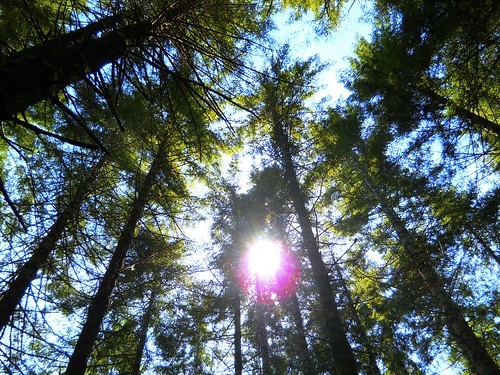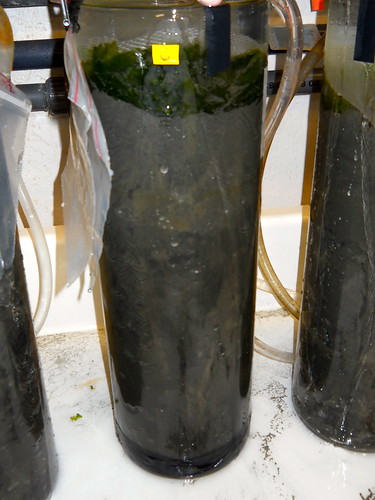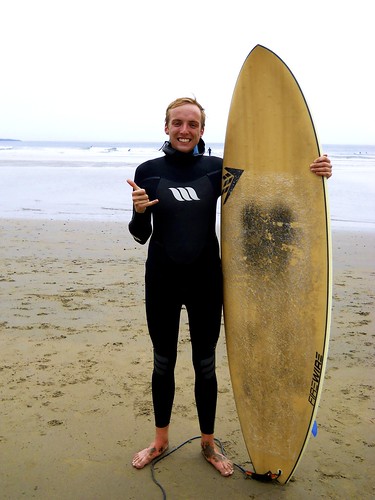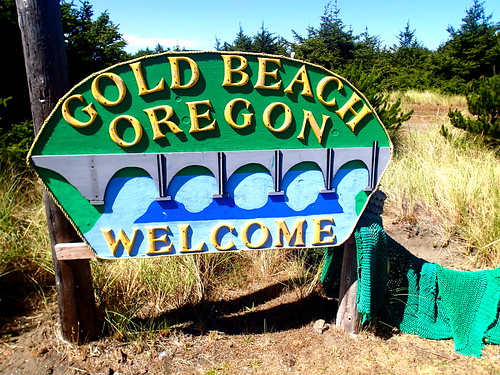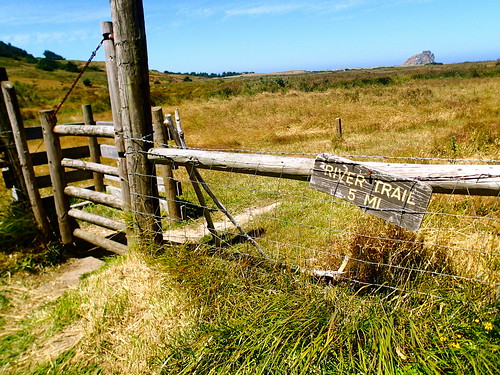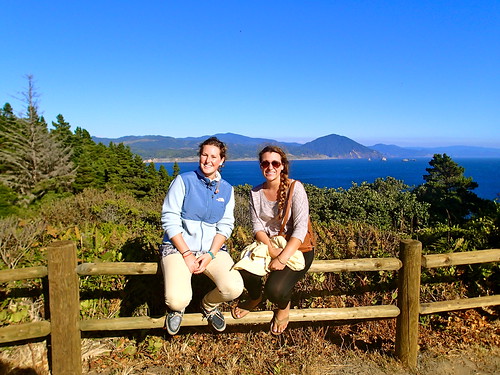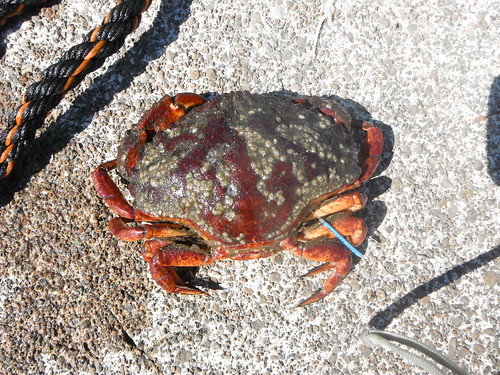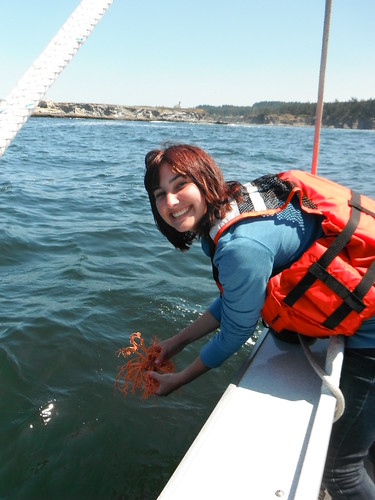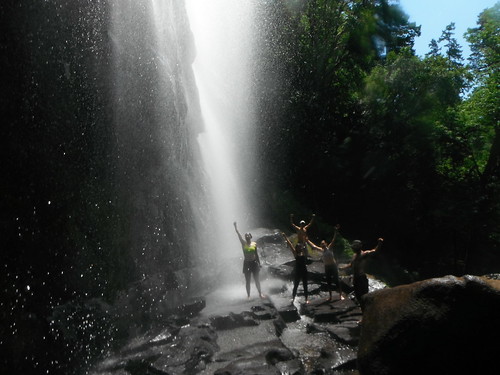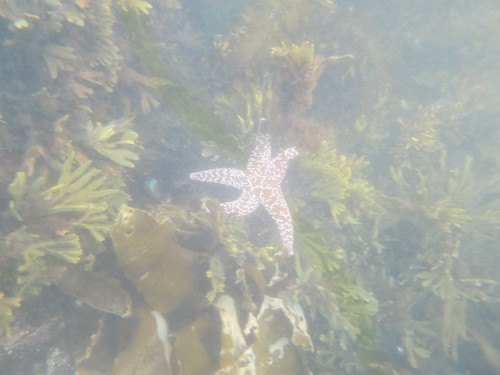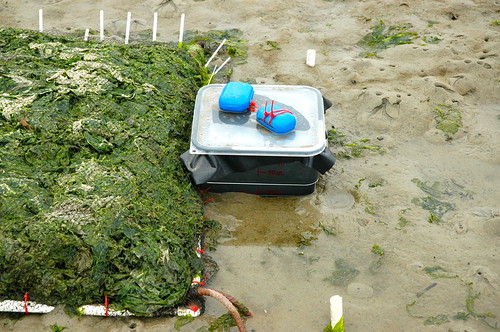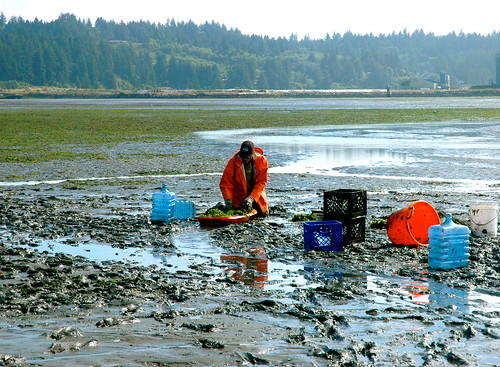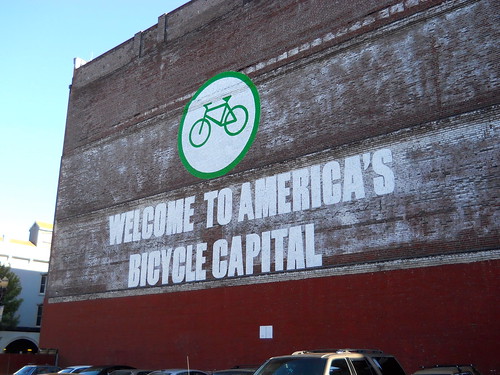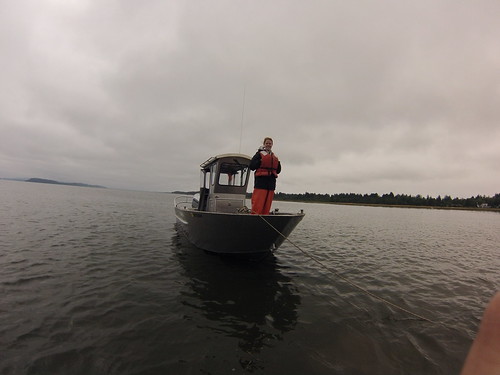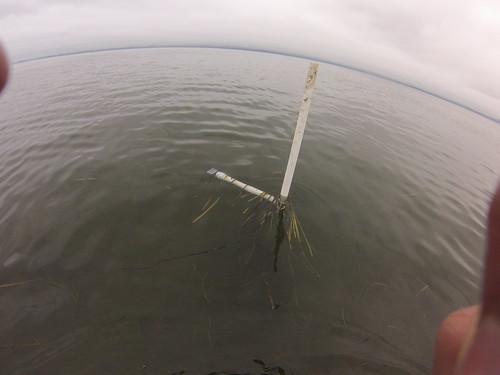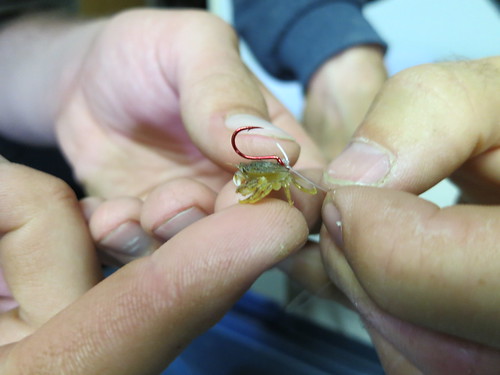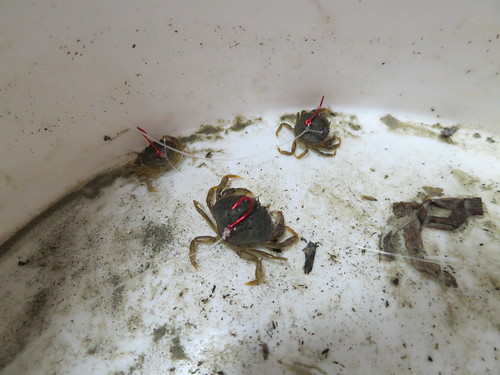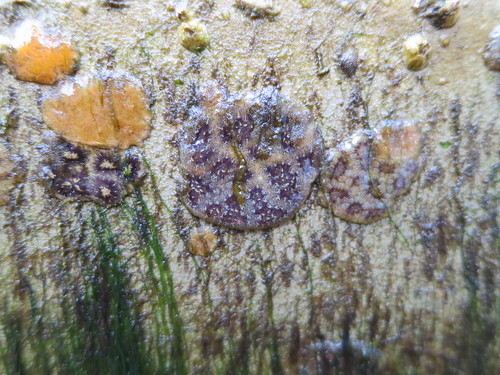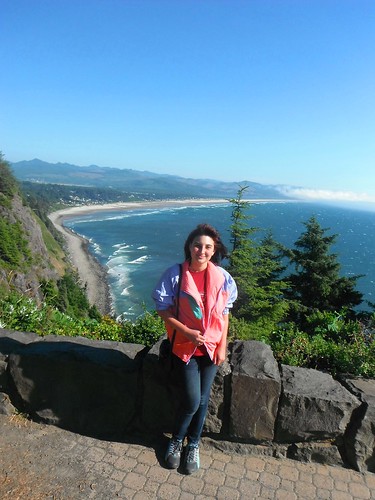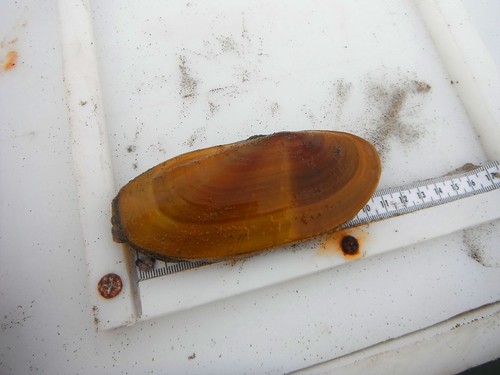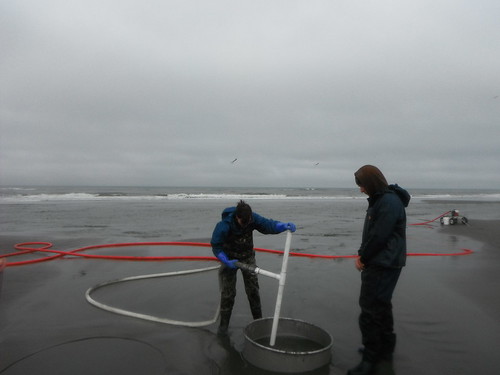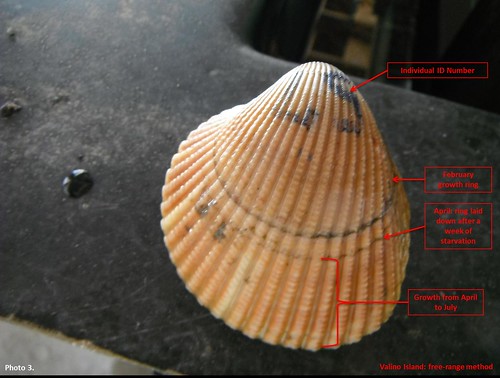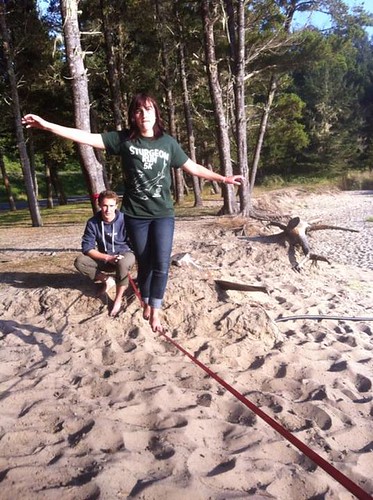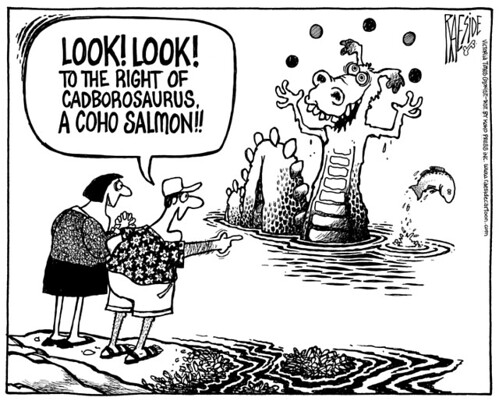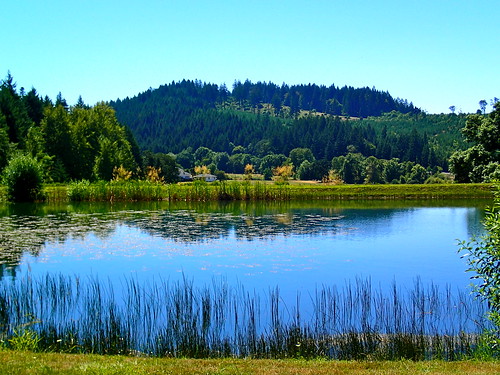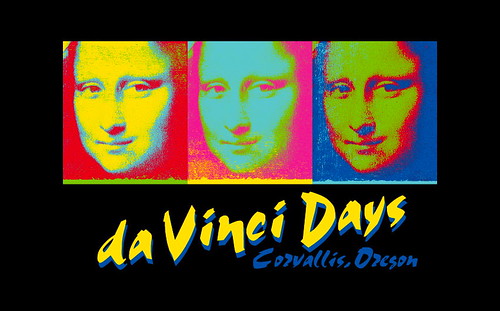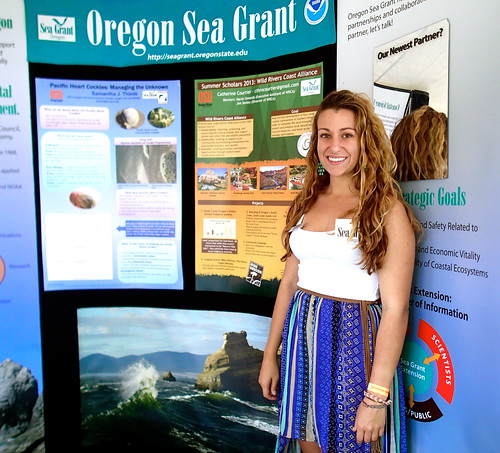Another week has come and gone. Things are beginning to wrap up for my internship and I am already dreading leaving the beauty of the Oregon Coast, but there is still work to be done! I am still working on my fieldwork and laboratory experiments and this week we will be going to our plots to photograph the sediment cross sections and see whether the oxidation line has become apparent in our natural observation plots and our plots where we controlled the amounts of algae.
Our laboratory experiments are showing some interesting results. We believed that the tubes with high amounts of macro algae would show minimal oxidized sediment, like what happens naturally in the estuary. However, we have seen that the tubes with the high amounts of macro algae are showing the highest amount of oxidized sediment. One hypothesis is that the large amounts of algae are producing oxygen as a result of photosynthesis, which is adding oxygen to the sediment. We have now completely covered the tubes with aluminum foil and we hope that it will prevent any further photosynthesis and hopefully it will help the algae rot. When the algae rots, it begins to produce sulfides in the sediment and the amount of anoxic sediment increases greatly.
This week we will be starting to use a tool called IRIS tubes. IRIS tubes are pieces of PVC pipe coated in ferrous oxide. When the ferrous oxide, which is normally orange, reacts with sulfides in the sediment, the tube turns black. This allows us to see how much sulfides are in the sediment and also where they are found. Sulfides are important because they signal anoxic sediment. We are deploying the tubes in our algae plots to see if the amount of algae can be related to the amount of sulfides and we also will be putting them into our containers in the laboratory. Hopefully we will see some great results!
I have also began to work on my final presentation and have really enjoyed putting together the story of my project. I have always enjoyed public speaking and I am greatly looking forward to teaching others about my work and estuary ecology. I also attended a presentation about how to put together an effective PowerPoint and I learned a lot of tips and tricks that I can’t wait to use when I present!
Aside from work, this past week has definitely been a great one. On Saturday, myself along with two other interns hiked Drift Creek Falls near Lincoln City. It was beautiful to be walking through the forest and the waterfall at the end of the hike was incredible. That evening we made a delicious group dinner, and on Sunday I went surfing for the first time ever! I had no idea what to expect but I left the beach completely hooked. I was able to stand up fully about 3 times, although I found myself falling over shortly there after! It was one of the most incredible feelings to be riding on the waves. I was pretty surprised by how soon I was able to get up on my knees and I cannot wait to get back out there!
This week and next will be dedicated to preparing my presentation and finishing up my field work. This coming weekend a group of interns from Hatfield will be taking a camping trip to Redwoods National Park in Northern California and I cannot wait to see them. Stay tuned!


